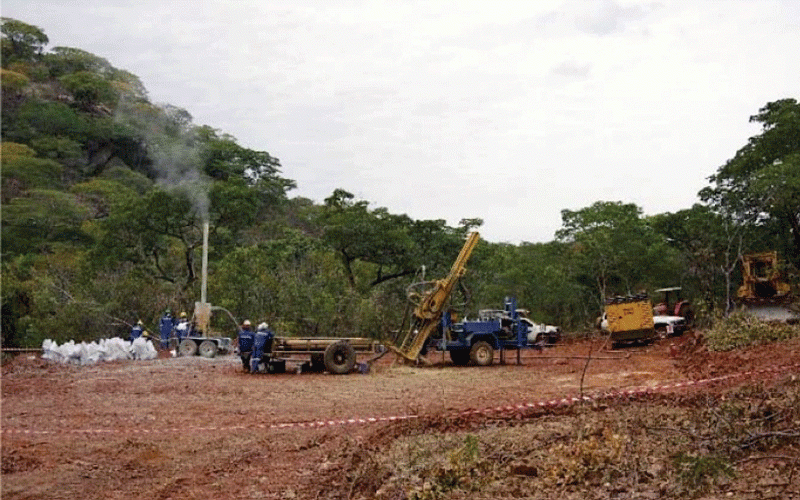
ZIMBABWE’S mining sector has continued to be a significant economic pillar, contributing almost 80% of the country's exports last year and supporting more than 38 000 formal jobs, according to Chamber of Mines of Zimbabwe (CoMZ) president Colin Chibafa.
Additionally, the industry supports approximately 500 000 artisanal and small-scale miners and generates more than 20% of government revenue.
The chamber is hosting its annual conference under the theme: Creating Growth Enablers for the Mining Industry.
Yesterday, the members held a closed-door annual general meeting, which is a chamber constitution requirement that provides for the election or re-election of chamber leadership, and election of members into the executive committee and the council.
“This conference is on the back of the continued growth experienced in the sector. Our mining industry has remained a key pillar in the economy,” Chibafa told NewsDay Business.
He said the CoMZ annual conference, which kickstarts today in Victoria Falls, would explore options to sustain growth.
“The sector accounted for approximately 80% of national exports in 2022, employing more than 38 000 formal jobs and over 500 000 artisanal and small-scale miners and contributing over 20% to government revenue. The conference will explore options to sustain this growth.”
Chibafa took over from Elizabeth Nerwande in 2021 and has built on the cordial relationships she helped cultivate between the chamber and its key stakeholder, government.
- Mines propose fresh power import deal
- Motorist robbed while relieving self
- Mines propose fresh power import deal
- ‘Mining sector to miss US$12bn target’
Keep Reading
“Our relationship with the government has been built on mutual trust and this has enabled us to be successful in fulfilling our purpose of promoting, encouraging, protecting and fostering the growth of the mining industry,” he said.
“The various arms of government have generally introduced supportive policy interventions and this has allowed us to unlock some of the hindrances that have tended to retard the growth of the sector. We have also been able to have constructive conversations in those instances where we have disagreed with proposed policy changes.”
On reflection, Chibafa said his tenure as the president of the chamber had been both rewarding and challenging. He assumed office as the president at the height of the COVID-19 pandemic where activities in most sectors of the economy were negatively impacted by lockdowns.
The mining sector was not spared from these challenges and marginally grew by 3,4% in 2021, a sluggish growth from a COVID-19-induced contraction of -9% in 2020.
Apart from COVID-19 challenges, Chibafa said other sector-specific challenges that dogged the mining sector included inadequate foreign exchange retention, fragile power supply, payment delays for gold and coal deliveries, as well as loss of value on the surrender portion of export earnings.
“With the support of our executive committee and chamber members, we have had continuous engagement with the government on these matters and experienced a level of success in addressing some of these challenges,” the CoMZ president said.
“This resulted in the improvement in the operating environment for the mining industry with the sector recovering to record a growth of 10% in 2022. This positive outturn coincided with the boom in commodity prices which propelled mineral exports to a record US$5,6 billion in 2022, constituting almost 80% of national exports.
“I pass the baton on to my successor knowing that those challenges that remain are not insurmountable.”
Today, there will be a lithium symposium running under the theme: Unleashing the Growth Potential of the Battery Minerals Value Chain.
More than 400 delegates drawn from senior executives of mining companies, suppliers, bankers, financiers, investors, as well as senior government officials and all other stakeholders with interests in the mining industry, are attending the conference. It will end on Friday.







